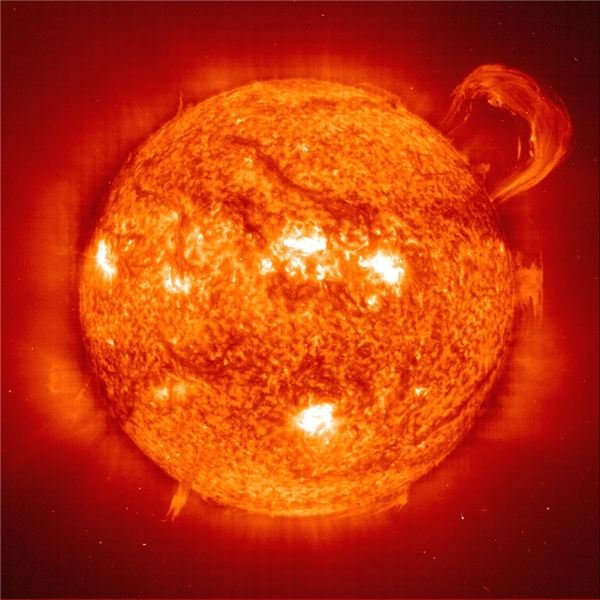

Edlén and Grotrian’s finding that the sun’s corona is so much hotter than the photosphere – despite being further from the sun’s core, its ultimate source of energy – has led to much head scratching in the scientific community. Over many decades of study, the photosphere’s temperature has been consistently estimated at around 6,000☌. Estimating the photosphere’s heat has always been relatively straightforward: we just need to measure the light that reaches us from the sun, and compare it to spectrum models that predict the temperature of the light’s source. This represents temperatures up to 1,000 times hotter than the photosphere beneath it, which is the surface of the sun that we can see from Earth. The coronal heating problem has been established since the late 1930s, when the Swedish spectroscopist Bengt Edlén and the German astrophysicist Walter Grotrian first observed phenomena in the sun’s corona that could only be present if its temperature was a few million degrees celsius. Our recent study has finally achieved this, validating Alfvén’s 80 year-old theory and taking us a step closer to harnessing this high-energy phenomenon here on Earth.

The theory had been tentatively accepted – but we still needed proof, in the form of empirical observation, that these waves existed. He theorised that magnetised waves of plasma could carry huge amounts of energy along the sun’s magnetic field from its interior to the corona, bypassing the photosphere before exploding with heat in the sun’s upper atmosphere. In 1942, the Swedish scientist Hannes Alfvén proposed an explanation. This spike in temperature, despite the increased distance from the sun’s main energy source, has been observed in most stars, and represents a fundamental puzzle that astrophysicists have mulled over for decades. But a few thousand kilometres above it – a small distance when we consider the size of the sun – the solar atmosphere, also called the corona, is hundreds of times hotter, reaching a million degrees celsius or higher. The visible surface of the sun, or the photosphere, is around 6,000☌.

Writing in The Conversation, Dr Marianna Korsos and Dr Huw Morgan from the Department of Physics discuss how Alfvén waves, first proposed 80 years ago, could explain why the sun's atmosphere is so much hotter than its surface:


 0 kommentar(er)
0 kommentar(er)
